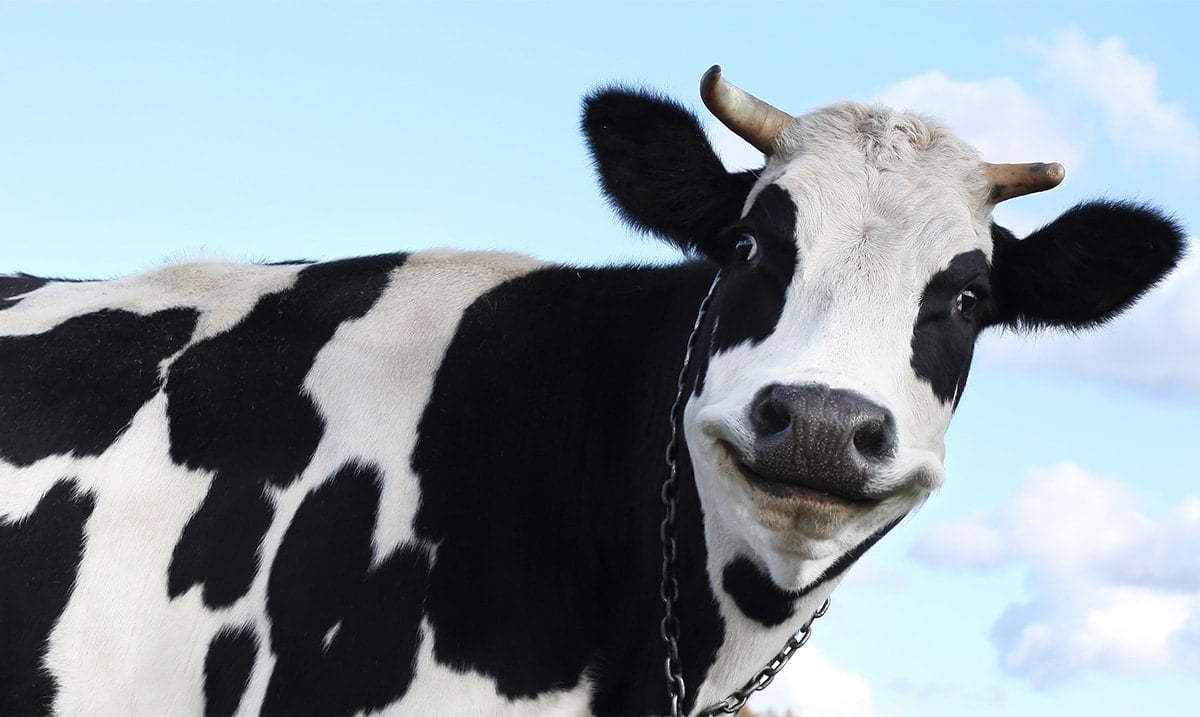The highly pathogenic H5N1 bird flu strain, which has been spreading among poultry, wild birds, and various mammal species worldwide, has been detected for the first time in beef from a US cow. The meat did not enter the food supply, but this discovery, along with the recent detection of virus fragments in milk, has raised concerns about the potential for foodborne transmission to humans.
On Friday, May 24, the USDA Animal and Plant Health Inspection Service (APHIS) announced that beef from 96 dairy cows had been tested for flu virus particles. Tissue samples, including muscle, from one cow tested positive. This cow had been culled due to signs of illness, and the Food Safety and Inspection Service (FSIS) emphasized that it could not have entered the food supply.
“These actions provide further confidence that the food safety system we have in place is working,” the announcement stated, adding, “USDA is confident that the meat supply is safe.”
The outbreak has so far been limited to dairy cattle, and no virus has been detected in herds raised for meat. Similar concerns arose about the commercial milk supply when inactive H5N1 fragments were found in pasteurized samples in April. However, the inactivation of these fragments showed that pasteurization was effectively preventing milk-borne pathogens. Any risk is likely to come from consuming raw milk, which is generally considered unsafe.
With beef, the situation may be more complex. APHIS continues to recommend cooking all meat to safe internal temperatures to kill any potential microbes. However, beef is often consumed rare or even raw, which could pose a risk.
Dr. Gail Hansen, a food safety and veterinary health expert, told the New York Times that the agency’s confidence in the complete safety of the meat supply might be premature. “So once again the assurances from government agencies, before the science is in to confirm or deny the assumptions, continue to undermine the confidence by the public,” Hansen said.
Despite these concerns, there is reason to believe that even rare beef might be safe. APHIS described an experiment conducted by the Agricultural Research Service (ARS) in which large amounts of H5N1 were added to burger patties before cooking them to various temperatures. The results showed no virus present in burgers cooked to 145 degrees (medium) or 160 degrees (well done), which are the FSIS’ recommended cooking temperatures. Even burgers cooked to 120 degrees (rare), which is below the recommended temperature, showed substantial inactivation of the virus.
The Lodge Cast Iron Skillet is perfect for cooking meat to the recommended temperatures, ensuring thorough and even cooking.
The takeaway message is clear: meat or milk, even from infected cows, should be safe for human consumption as long as standard precautions around cooking, handling, and pasteurization are followed.
The FoodSaver Vacuum Sealer Machine helps to keep your meat fresh and safe for longer periods, ensuring that it is stored properly before cooking.
While news of the continued spread of H5N1 flu is concerning, it’s important to note that the virus has affected species previously thought to be less vulnerable. The US dairy cow outbreaks have resulted in two recorded human cases, both of whom recovered after experiencing only mild symptoms. Sustained human-to-human transmission, necessary for the virus to pose a pandemic threat, has not been observed.
To avoid a potential health crisis, it’s crucial for agencies like the USDA to monitor the outbreak closely. Ongoing analyses and vigilant oversight are essential in ensuring public safety and preventing future health emergencies.
If you want over 200+ ideas, phrases, and text messages to drive your man wild with desire for you, make sure to check out my new program, Language of Desire. I give you step-by-step instructions and tons of exact words to use to get exactly what you both want in and out of the bedroom.
P.S. The reason so many men “pull away” from women is because
women don’t understand this naughty secret about men. . .


